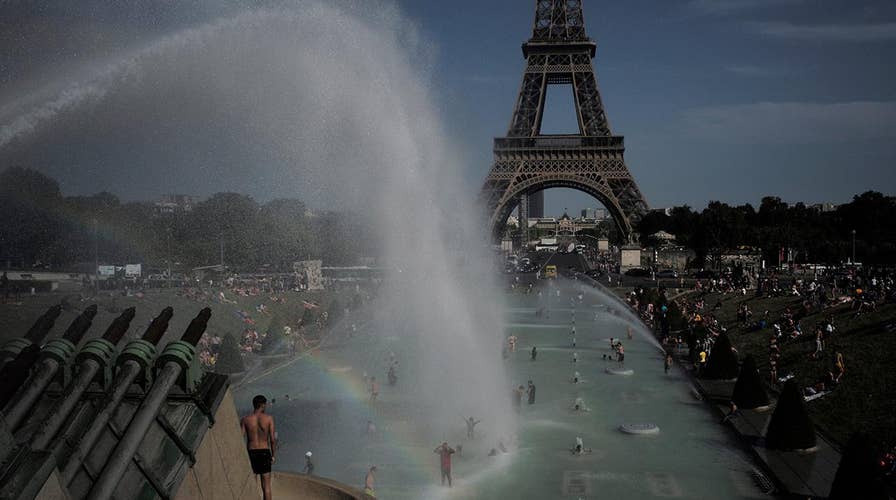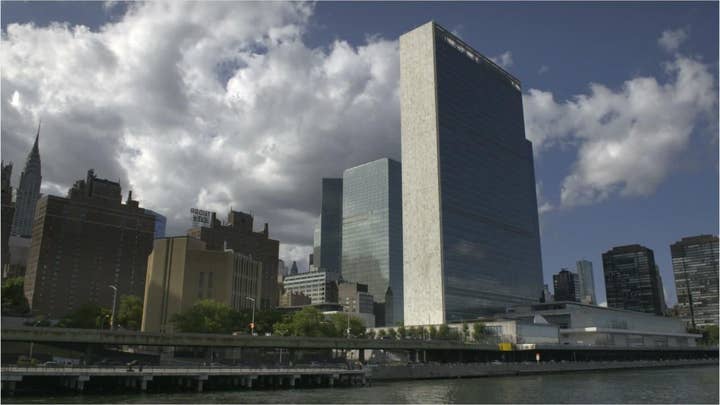Europe's scorching heat wave breaks records across the continent
From the U.K. to Spain, Europeans swelter under abnormally high temperatures.
Heat stress from extreme heat and humidity will annually impact 1.2 billion people by 2100, according to a shocking new study.
That eye-popping figure is more than four times the number of people affected today, and more than 12 times the number who would have been affected without industrial-era global warming, according to researchers.
"When we look at the risks of a warmer planet, we need to pay particular attention to combined extremes of heat and humidity, which are especially dangerous to human health," senior author Robert Kopp, director of the Rutgers Institute of Earth, Ocean and Atmospheric Science and professor in the Department of Earth and Plantary Sciences in the School of Arts and Sciences, said in a statement.
The study examined extremes of heat and humidity by using 40 climate simulations. Researchers focused on a measure of heat stress that accounts for temperature, humidity and other environmental factors, including wind speed, sun angle, and solar and infrared radiation.
"Every bit of global warming makes hot, humid days more frequent and intense. In New York City, for example, the hottest, most humid day in a typical year already occurs about 11 times more frequently than it would have in the 19th century," explained lead author Dawei Li, a former Rutgers post-doctoral associate now at the University of Massachusetts.
The team's research was published earlier this month in the journal Environmental Research Letters.


